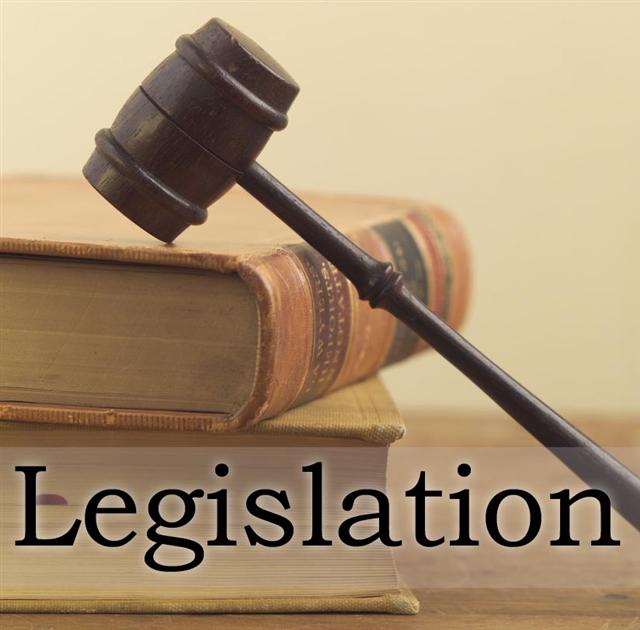2.1 Legislative Framework
The Road Traffic Act 1988
- Vehicles must be maintained in roadworthy condition
- Owners responsible for vehicle condition
- Penalties include fines and prosecution
Key Requirements:
- Effective brakes
- Suitable tyres with legal tread depth
- Working lights and indicators
- Clear vision (windscreen, mirrors, wipers)
The Road Vehicles (Construction and Use) Regulations
Specific technical requirements including:
- Minimum tyre tread depth: 1.6mm
- Brake efficiency standards
- Emissions limits
- Noise levels
2.2 Environmental Legislation
Environmental Protection Act 1990
- Duty of Care: Proper waste disposal
- Waste Transfer Notes: Required documentation
- Authorised disposal: Licensed waste carriers only
Control of Substances Hazardous to Health (COSHH) 2002
Covers handling of:
- Engine oils and lubricants
- Brake fluid
- Antifreeze/coolant
- Battery acid
- Cleaning chemicals
Required Controls:
- Risk assessments
- Safety data sheets (SDS)
- Personal protective equipment (PPE)
- Proper storage and labelling
2.3 Warranty Considerations
Manufacturer Warranties
- Service schedules must be followed
- Genuine or OE-equivalent parts required
- Authorised technician stamps
- Digital service records (DSR)
Block Exemption Regulations
- Customers can choose independent garages
- Must meet manufacturer standards
- Use of pattern parts allowed if OE-quality
- Documentation critical
2.4 Industry Standards and Codes
IMI Professional Standards
- Technical competence
- Ethical behaviour
- Continuous professional development
- Customer confidentiality
Motor Industry Code of Practice
- Transparent pricing
- Clear communication
- Complaints procedures
- Fair trading standards
2.5 Data Protection (GDPR)
Customer Information Management:
- Secure storage of personal data
- Limited access on need-to-know basis
- Retention periods (typically 6 years)
- Right to erasure requests
2.6 Workshop Regulations
Workplace (Health, Safety and Welfare) Regulations
- Adequate lighting (minimum 500 lux)
- Ventilation requirements
- Temperature control (minimum 16°C)
- Welfare facilities
Provision and Use of Work Equipment Regulations (PUWER)
- Equipment inspection schedules
- Training requirements
- Maintenance records
- Safety devices
Knowledge Check 2.1
- What is the minimum legal tyre tread depth?
- Name three substances covered by COSHH in a workshop.
- How long should service records typically be retained?
2.7 Documentation Requirements
Essential Records:
- Job cards with customer authorisation
- Parts invoices and warranties
- Waste transfer notes
- Calibration certificates
- Risk assessments
- Training records
2.8 Insurance Implications
Workshop Insurance Requirements:
- Public liability
- Employer’s liability
- Road risks
- Professional indemnity
Customer Vehicle Coverage:
- Garage keeper’s liability
- Test drive authorisation
- Secure storage requirements
Practical Exercise 2.1
Create a checklist for legal compliance in routine maintenance:
- List five pieces of legislation affecting your work
- Identify the documentation needed for each
- Note the penalties for non-compliance
Summary
Legal compliance is not optional—it protects customers, businesses, and technicians. Understanding these requirements ensures professional service delivery and avoids costly penalties. Always stay updated as legislation evolves.



